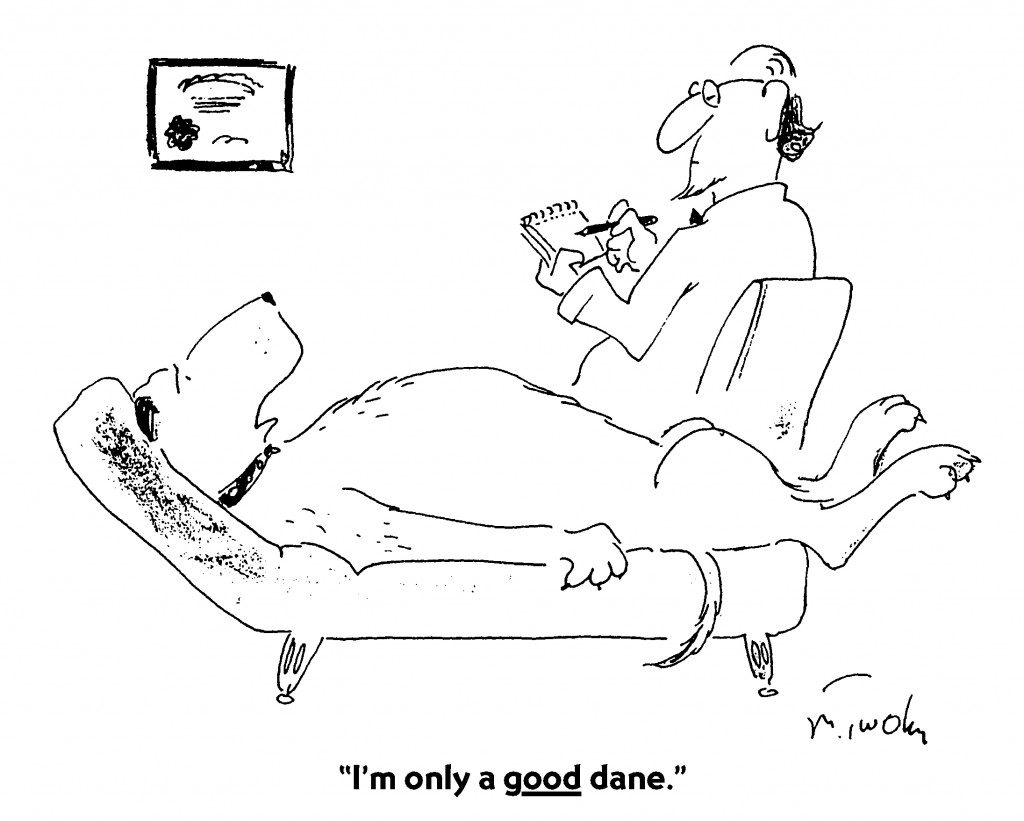Frequently Asked Questions About Social Anxiety
How common is social anxiety?
Social anxiety disorder is one of the most common types of psychological problems. About 15 million American adults have social anxiety disorder. Approximately 36% of people with social anxiety disorder report symptoms for ten or more years before seeking help.
Isn’t social anxiety just a form of shyness or introversion?
No. People with social anxiety disorder have an extreme fear of being scrutinized or judged by others in social or performance situations. They are terrified they will humiliate or embarrass themselves. There are significant physical symptoms associated with the disorder such as blushing, profuse sweating, trembling, nausea and loss of self-control.
Social anxiety is not just the understandable fear many experience when giving a talk or asking someone out for a date. People with the disorder recognize their fear is excessive and unreasonable, but feel powerless against their anxiety.
What is the cause of social anxiety?
There appear to be a number of factors that may contribute to social anxiety. As with all anxiety disorders, there is a mild genetic predisposition to feeling more anxious. People with social anxiety may come from families or subcultures which link feelings of worth with performance in the social or professional arenas. Many people with social anxiety report a history of one or more humiliating experiences in social situations when they were younger.
Can’t you just overcome social anxiety by facing your fears?
Most individuals with social anxiety have tried to take on the situations that frighten them. Unfortunately, this often has not been productive. Individuals with social anxiety will take on situations that are very difficult. This can evoke a high level of anxiety and reinforce feelings of insecurity and perceptions of poor performance. In cognitive behavioral therapy there is an emphasis on approaching social situations gently, one step at a time (“hierarchically”). When in the anxiety situation, it is important to try not to escape the situation when the anxiety becomes intolerable. To accomplish this it is important to have coping tools, such as thought-challenging strategies.
How is social anxiety treated?
There are four components in the treatment of social anxiety.
- Educational – Clients are educated about the nature of social anxiety, particularly the central negative thinking styles (e.g. mind-reading, jumping to conclusions, all-or-none thinking) that fuel the anxiety; and avoidance of situations that,unfortunately, maintains the disorder.
- Cognitive restructuring – Clients learn how to identify the key thoughts underlying their anxiety (e.g. “I won’t know what to say,” “I will blush and people will realize how scared I am,” “I will lose control and make a fool of myself.”) They are taught thought- challenging strategies which generate more realistic and compassionate thinking that can significantly impact their anxiety level.
- Taking on fearful situations – Therapists help clients identify situations they avoid and safety behaviors they engage in which maintain the disorder. They then develop a hierarchy of situations to take on, using the coping strategies they have learned in therapy.
- Developing skills helpful in social situations – Skills include learning how to focus your attention away from your negative thoughts and onto other people in social situations; relaxation strategies to use in social situations; and techniques to accept, rather than fight, anxious feelings that get triggered in social situations.
